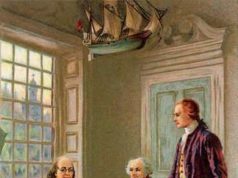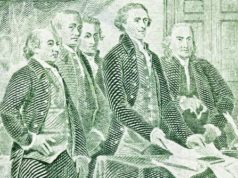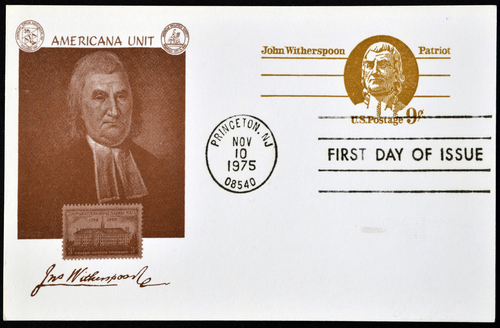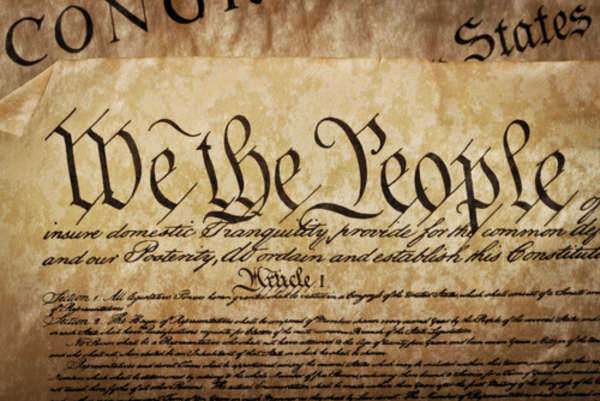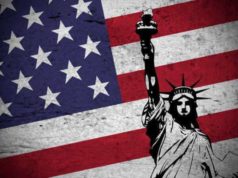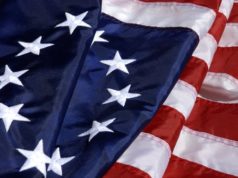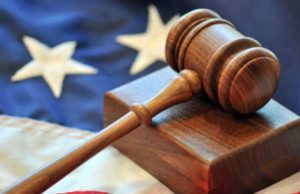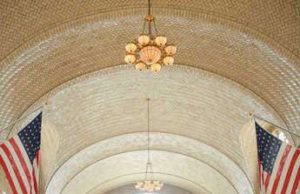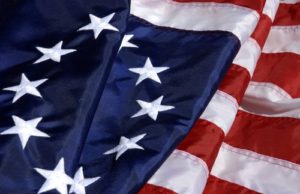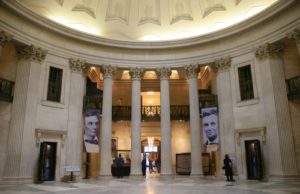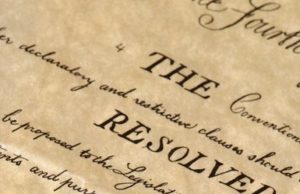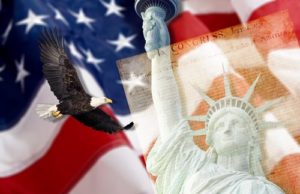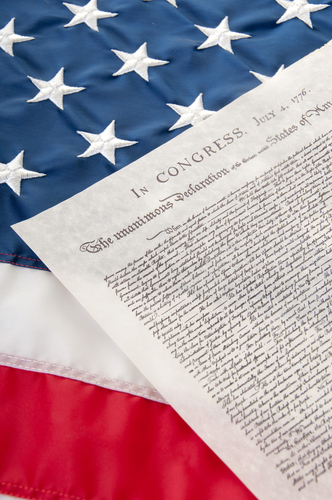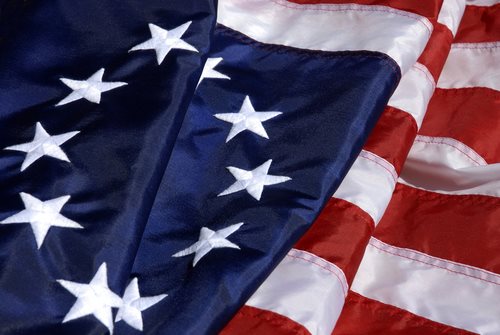
John Dickinson was a prominent political figure and Founding Father of the United States. He was born in Maryland in 1732 and studied at the College of Philadelphia before embarking on a career in law and politics.
Dickinson was a delegate to both the First and Second Continental Congresses and was a signer of both the Declaration of Independence and the U.S. Constitution. However, despite his many contributions to American history, Dickinson is often overlooked when compared to his more famous contemporaries. In this article, we will delve into the life and legacy of John Dickinson.
One of the reasons Dickinson is often overlooked is his political views. While he supported American independence and signed the Declaration of Independence, he was also a conservative politician who strongly opposed violence and believed in a more gradual approach to achieving independence.
In 1765, Dickinson’s opposition to the Stamp Act, which imposed taxes on printed materials in the American colonies, gained him national attention. He wrote a series of essays entitled “Letters from a Farmer in Pennsylvania,” which argued that the taxes imposed by Britain were unconstitutional. These letters helped rally and unite the colonies against the British government.
Despite his opposition to violence as a means of achieving independence, Dickinson was actively involved in the war effort. During the American Revolution, he served in the Continental Army and helped draft several important documents, including the Articles of Confederation. He later served as the President of Delaware and helped draft the 1792 Delaware Constitution.
However, Dickinson’s greatest legacy may be his work on the U.S. Constitution. He played a significant role in the drafting of the Constitution and was one of the principal authors of the Constitution’s preamble. He also authored a series of essays called “The Federalist” in support of the Constitution’s ratification, which are credited with helping to convince many Americans to support the document.
In addition to his political contributions, Dickinson was also a successful lawyer and businessman and was involved in several philanthropic causes throughout his life.
In conclusion, John Dickinson was a Founding Father of the United States who made significant contributions to American history. He was a skilled writer and politician who helped inspire the colonies to unite against British tyranny, served in the Continental Army during the American Revolution, and played an instrumental role in the drafting of the U.S. Constitution. While he is often overlooked in discussions of the Founding Fathers, Dickinson’s legacy is an important part of American history and should not be forgotten.
Founding Father: John Dickinson
John Dickinson was born on November 8, 1732, in Talbot County, Maryland. He lived as a political pamphleteer and a statesman. His well off family owned a lot of land in both Maryland and Delaware. John Dickinson was homeschooled until the age of 18 when he started studying law. When he was 21, John Dickinson traveled to London for four years to conclude his legal training. He then came back to Philadelphia where he opened up a law office that eventually earned a very good reputation.
John Dickinson began his political career in 1759 as a member of the Delaware Assembly and eventually also the speaker. In 1762, John Dickinson won the election to the Pennsylvania Assembly, where his very conservative views clashed with the beliefs of Benjamin Franklin. The two of them engaged in a pamphlet war, which resulted in Benjamin Franklin’s removal from the Assembly while John Dickinson remained. Dickinson continued his public career during the Stamp Act Congress of 1765. Here, Dickinson was given the task of writing the Declaration of Rights and Grievances. He served as a very large player in the American Revolution by encouraging citizens of America to disregard certain laws like the Stamp Act.
In 1765, Dickinson published a pamphlet called The Late Regulations Respecting the British Colonies. Here, John pamphlet, Dickinson argued that Britain and the colonies would be affected greatly by trade regulations and that America’s trade should become independent. Next, he wrote an Address to the Committee of Correspondence in Barbados, accusing them of ignoring basic human rights.
John Dickinson’s most famous work was Letters from a Farmer in Pennsylvania, which was published in the Pennsylvania Chronicle. This work was first printed on December 2, 1767, after Parliament’s threatening acts after the Stamp Act. It received positive feedback and was reprinted in 19 other newspapers throughout the colonies. They were also circulated in London and Paris, bringing American grievances onto the international stage. John Dickinson addressed the Quartering Act of 1765, Restraining Act of 1766, and Townshend Duties of 1767. While the acts were not appealed immediately, the letters still helped to instigate revolt in Americans.
John Dickinson married Mary Norris of Philadelphia in 1770, with whom he had five children with. John Dickinson continued being a member of the Pennsylvania assembly while writing against British taxes. John Dickinson also joined the First Continental Congress in October 1774, where he helped draft the Declaration of Rights and Grievances.
Dickinson was also a part of the Second Continental Congress in May 1775. In June, he prepared the final draft of the “Declaration of the Causes & Necessity of Taking Up Arms.” However, he tried to stay conservative by opposing extreme action by the colonies. Dickinson opposed the Declaration of Independence and in 1776, voted against it in, which hurt his popularity. Soon after, he retired from the Pennsylvania Assembly.
John Dickinson moved with his family to Delaware where he became a Delaware representative for Congress in February 1779. In November 1781, he also became President of Delaware, despite voting against himself for the seat. He resigned in December 1782 from this position upon running for President of Pennsylvania. He received strong opposition with his return to Pennsylvania due to his conservative views. He served as President of Pennsylvania for three years, which were plagued with political disputes and economic issues. In October 1785, Dickinson returned to Wilmington, Delaware with his family.
John Dickinson continued his public career as a representative in 1787 to the Constitutional Convention. He attempted to protect the representation of smaller states while favoring a strong central government. This became his last big event in public office as his health started to fail. John Dickinson died on February 14, 1808, in Wilmington, Delaware, and was buried in the Wilmington Friends Meetinghouse Burial Ground.

